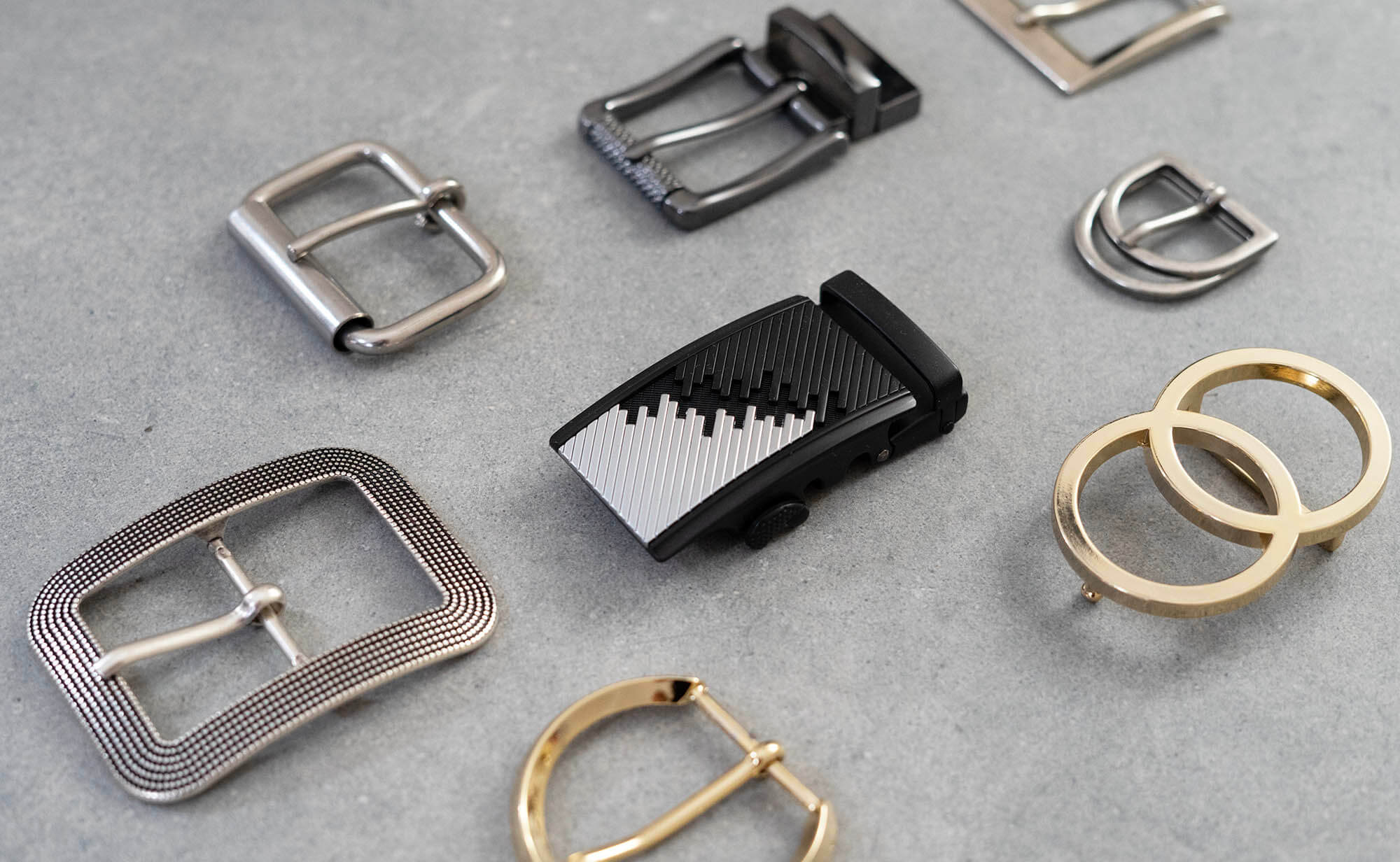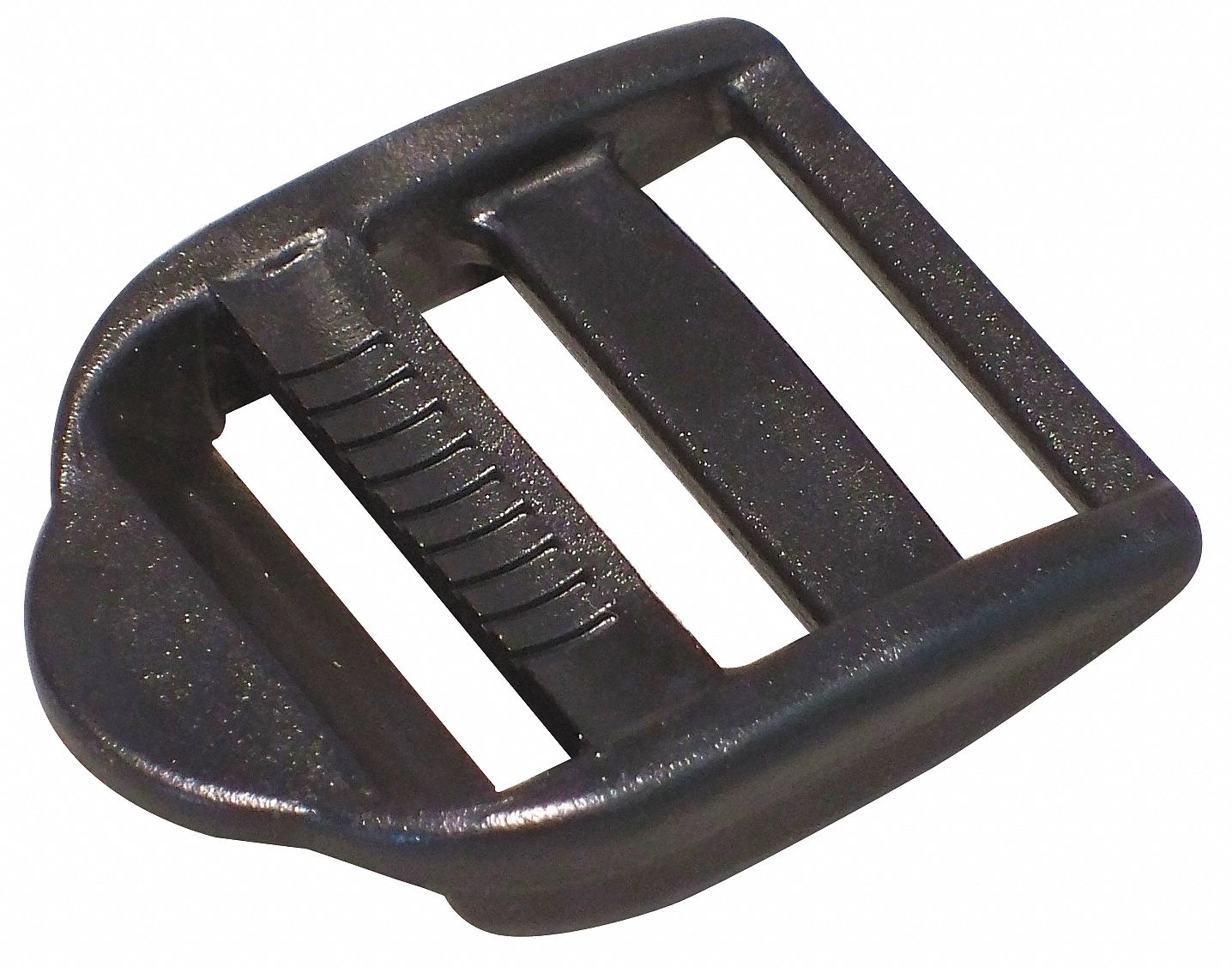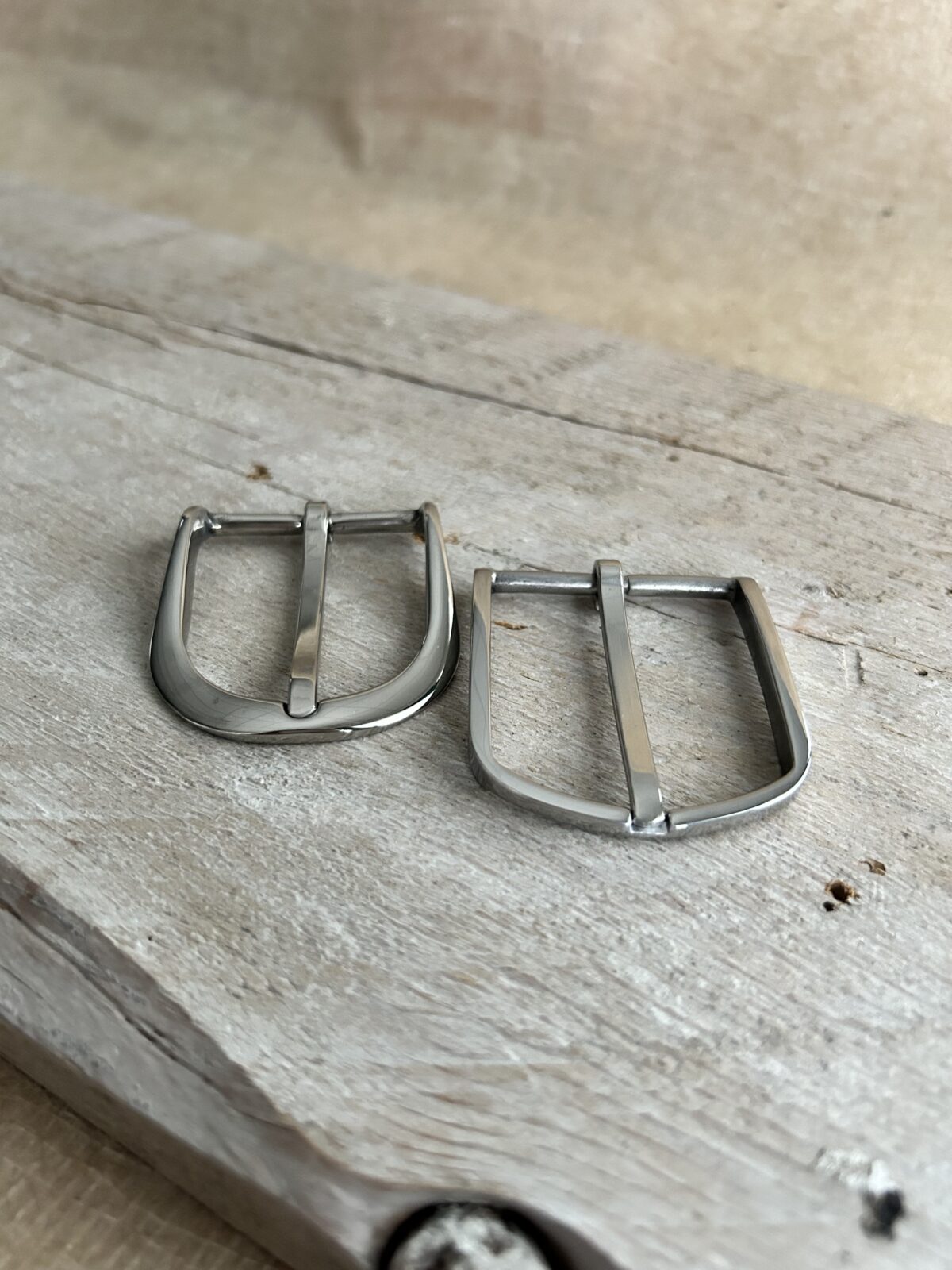Buckle Bunny - Exploring A Rodeo Term
There's a term you might hear around the rodeo circuit, one that has, well, a pretty interesting past and present. It's called "buckle bunny," and it brings up all sorts of images and ideas, especially about folks who really love the world of bull riding and barrel racing.
This phrase, you know, has been around for a bit, typically describing a certain kind of fan who really gets into the rodeo scene. For a long time, it carried a bit of a negative feeling, sort of like a label that wasn't exactly a compliment. It was, in some respects, seen as a rather dismissive way to talk about women who showed up at these events, often with a particular interest in the cowboys.
But, interestingly enough, things are changing. What was once seen as a bit of a put-down is, actually, getting a fresh look. Artists, like Tanner Adell with his song "buckle bunny," are helping to give the term a new, more powerful meaning, which is pretty cool if you think about it. It’s almost like the term itself is evolving, reflecting different views and experiences within the rodeo community and beyond.
Table of Contents
- What is a Buckle Bunny, Anyway?
- Where Did the Buckle Bunny Phrase Come From?
- The Buckle Bunny Stereotype and Its Social Side
- How is the Buckle Bunny Term Changing?
- The Buckle Bunny in Rodeo Culture
- Are Buckle Bunnies Just Like Other Fan Groups?
- Where Might You Find a Buckle Bunny?
- Understanding the Buckle Bunny Identity
What is a Buckle Bunny, Anyway?
So, what does it truly mean to be a "buckle bunny"? Well, at its core, the term generally points to someone, usually a woman, who is a big fan or follower of rodeo riders. These individuals are, in fact, often drawn to the excitement of the sport itself, but especially to the competitors who do well. It’s about more than just watching the events; it's about connecting with the people who make the rodeo what it is, particularly those who achieve success and proudly display their wins.
The "buckle" part of the name is, quite literally, a nod to the large, fancy belt buckles that rodeo champions earn. These aren't just any buckles; they are symbols of hard work, skill, and victory in the arena. A "buckle bunny" is someone who, you know, admires these symbols of achievement and the cowboys who wear them. It’s a pretty specific type of admiration, often focusing on the charisma and toughness that these athletes show off.
These fans are, in a way, drawn to the lifestyle that goes along with being a rodeo star. They might be seen at various rodeo gatherings, showing their support and interest. The connection is often described as being attracted to the cowboys themselves, sometimes with the hope of forming a relationship or just spending time together. It’s a very distinct part of the rodeo world, as a matter of fact, and it speaks to the unique allure of these events and their stars.
The Buckle Bunny Definition
To put it simply, a "buckle bunny" is a person who is, more or less, attracted to rodeo cowboys. This attraction isn't just a passing fancy; it’s often a deep appreciation for the culture, the sport, and the individuals who participate in it. They are typically fans who seek out these performers, whether for casual meetings or something more lasting. The term itself, you see, highlights a particular kind of interaction within the rodeo community.
It’s important to note that while the term often implies a female groupie, the core idea is about a strong interest in rodeo athletes. They are, in a sense, a part of the rodeo's social fabric, adding another layer to the atmosphere of these events. This sort of dedication to the sport's figures makes them a recognized, if sometimes debated, presence at rodeos. Their role, arguably, adds to the overall excitement and fan engagement at these gatherings.
Where Did the Buckle Bunny Phrase Come From?
The origins of the term "buckle bunny" are, you know, deeply rooted in the rodeo circuit itself. It's not a phrase that popped up out of nowhere; it grew organically from the culture and customs of rodeo life. The name, basically, comes from those very special belt buckles that rodeo winners get as prizes. These buckles are more than just accessories; they represent victory and a cowboy's skill.
Cowboys who do well in competitions often wear these big, decorated buckles with a lot of pride. They're a sign of their accomplishments. The idea behind the name "buckle bunny" is that these fans are drawn to the cowboys who possess such trophies. It's almost like the buckles themselves act as a kind of magnet, symbolizing the success and appeal of the riders. This connection to the prizes makes the term, in a way, quite descriptive of the dynamic.
Historically, if a rodeo winner liked a fan enough, they might even give them one of their prized buckles. This practice, while perhaps less common now, certainly helped cement the term's meaning and imagery. It highlights a particular kind of exchange and admiration that could happen at these events. So, the phrase is, essentially, a direct reference to the most visible signs of a cowboy's triumph and the interest these signs could spark in their admirers.
The Buckle Bunny's Historical Roots
The phrase "buckle bunny" has, in fact, been around for quite some time, with its earliest recorded uses going back a bit. While an exact date is hard to pinpoint, it's clear the term has been part of rodeo slang for many years, reflecting a certain aspect of the culture. The fact that it was last edited on April 18, 2011, from San Diego, CA, USA, on May 09, suggests it has a documented history within various slang dictionaries and community discussions.
This historical usage points to a long-standing observation of women who frequented rodeos with a specific interest in the cowboys. It's not just a recent invention; it's a phrase that has, you know, evolved alongside the sport itself. The term speaks to a recurring pattern of social interaction at these events, highlighting how certain fan behaviors become recognized and named within a particular community. It’s a pretty well-established part of the rodeo's informal language, basically.
The Buckle Bunny Stereotype and Its Social Side
The "buckle bunny" term has, unfortunately, often carried a bit of a stereotype, typically portraying women who idolize rodeo stars in a certain light. They are, in some respects, considered "groupies," a label that can come with its own set of criticisms and social judgment. This perception often suggests that their interest is, perhaps, not purely about the sport itself, but more about the individuals competing.
Being labeled a "groupie" often means facing criticism, as if their intentions are, you know, less than genuine or solely focused on personal gain. This can lead to a kind of social stigma, where their presence at rodeos is viewed with a certain amount of skepticism by others. People might assume their main goal is to "hook up with cowboys" or to get those coveted belt buckles, rather than to appreciate the athleticism or the tradition of the rodeo. This creates, basically, a challenging social dynamic for those identified by the term.
The criticism can stem from various places, including other fans, rodeo participants, or even the general public who might not fully grasp the complexities of fan culture. It's a bit like being put into a box, where your entire identity at the rodeo is defined by this one label. This can be, you know, a pretty tough thing to deal with, as it often overlooks individual motivations or genuine passion for the sport. The social side of being a "buckle bunny" is, therefore, often marked by these kinds of preconceived notions and judgments.
How is the Buckle Bunny Term Changing?
Interestingly, the meaning of "buckle bunny" is, actually, going through a pretty significant shift. What was once seen as a derogatory term, something that put people down, is now being redefined. This change is happening, in part, thanks to artists and others who are embracing the term and giving it a more empowering feeling. It’s almost like a reclamation, where a word with a negative past is being given a fresh, positive spin.
A good example of this transformation is Tanner Adell's song "buckle bunny," which is from his mixtape of the same name. When an artist creates a piece of work like this, it can really help to change public perception. The song, you know, takes the term and presents it in a new context, perhaps celebrating the strength, independence, or unique spirit of these fans, rather than focusing on the old stereotypes. This is, basically, a powerful way to challenge previous ideas about the phrase.
This redefinition suggests that the term can mean different things to different people, and its negative connotations are not fixed. It shows how language can evolve, reflecting changes in culture and attitudes. By putting the term into a new light, artists and others are helping to remove the social stigma that once clung to it, making it something that can be worn with pride. It's a very interesting development, to say the least, showing how words can gain new life and meaning.
Tanner Adell and the New Buckle Bunny
Tanner Adell's work, particularly his lyric video for "buckle bunny," plays a big part in this change. His music, you know, offers a fresh perspective on the identity associated with the term. It moves away from the old, often judgmental, descriptions and instead offers a narrative that feels more in line with self-expression and strength. This is, in a way, a significant step in altering how the public views the phrase and the people it describes.
By creating a song and a mixtape called "buckle bunny," Adell is, basically, giving the term a platform to be heard and understood differently. It allows listeners to connect with the idea in a new, perhaps more positive, emotional way. This kind of artistic expression can really help to reshape cultural understandings, moving a word from being a dismissive label to something that celebrates a particular kind of fan or individual. It's a very clear example of how culture can influence language, and vice versa.
The Buckle Bunny in Rodeo Culture
The "buckle bunny" plays a pretty unique role within the broader rodeo culture. These individuals are not just casual observers; they are, in some respects, deeply embedded in the social fabric of these events. They typically admire the cowboy lifestyle, which is, you know, all about toughness, tradition, and a certain kind of freedom. This admiration extends to the rodeo events themselves, from bull riding to barrel racing, which they often follow with keen interest.
To really be a part of this culture, you need to "talk the talk" and understand the specific language of rodeo. This means knowing the meaning of various rodeo terms, phrases, and slang. For instance, understanding what a "bronc" is, or what a "chute" refers to, or even what a "lariat" is used for, helps these fans connect more authentically with the sport and its participants. It's a very specific vocabulary that, basically, helps you fit right in.
Their presence adds a distinct element to the atmosphere of rodeos. They are often seen, you know, supporting their favorite riders, cheering them on, and being part of the lively crowd. This active participation, in a way, makes them more than just spectators; they become a visible part of the rodeo's overall experience. The "buckle bunny" is, therefore, a recognized figure within this particular world, contributing to its unique social dynamics.
Are Buckle Bunnies Just Like Other Fan Groups?
When thinking about "buckle bunnies," it's natural to wonder if they are, you know, similar to other fan groups you might encounter in different sports or entertainment scenes. They are, in some respects, often compared to "puck bunnies," a term used to describe female groupies of hockey players. This comparison highlights a shared pattern of attraction to athletes in specific sports, often with a focus on their personal lives or relationships.
The similarities lie in the idea of fans who seek out athletes for connections, whether for hookups or more lasting relationships. Both terms, basically, describe a type of fan who is drawn to the perceived glamour or excitement surrounding the players. It's a pretty common phenomenon across various forms of entertainment where performers gain a certain level of celebrity. The "buckle bunny" is, therefore, part of a larger category of dedicated fan followings.
However, there are also subtle differences that make each group unique. The specific culture of rodeo, with its traditions, values, and the distinct "cowboy lifestyle," gives the "buckle bunny" a flavor all its own. Unlike, say, a concert groupie, the rodeo fan is often immersed in a world of specific events, animals, and rural traditions. So, while there are parallels, the "buckle bunny" exists within a very particular social and cultural setting that shapes their identity and interactions.
Where Might You Find a Buckle Bunny?
If you're wondering where you might, you know, typically come across a "buckle bunny," the answer is usually pretty straightforward: at rodeos and other similar events. These gatherings are, basically, their natural habitat, where they can connect with the culture and the cowboys they admire. It's where the action is, and where the social scene that defines the term truly comes alive.
More specifically, these individuals are generally found in small towns, especially those located in Western Canada and the United States. Rodeo culture is, after all, deeply ingrained in these regions. During the summer months, when rodeo events are more frequent and widespread, you'll often find "buckle bunnies" flocking to nearby small towns that host these competitions. It's a very seasonal kind of gathering, in a way.
They are, therefore, a common sight at these local and regional rodeo events, often seen interacting with the cowboys or simply enjoying the atmosphere. Their presence is a pretty clear indicator of the social side of rodeo, showing how fans become an integral part of the overall experience. So, if you're ever at a rodeo in a smaller western community, you might, actually, spot someone who fits the description.
Understanding the Buckle Bunny Identity
Understanding the "buckle bunny" identity means looking beyond just the surface definition and considering the various layers of meaning the term carries. It's a phrase that has, basically, gone from being quite negative to something that some are now embracing as a form of empowerment. This shift shows how identities, even those tied to specific subcultures, can change over time, reflecting broader societal views and individual choices.
The term itself, you know, speaks to a particular kind of attraction and admiration for rodeo cowboys, often tied to their success and the symbols of that success, like the belt buckles. But it also touches on themes of fandom, social dynamics within a specific community, and how labels can shape perception. It's a very interesting example of how language evolves and how groups define themselves, or are defined by others, within a cultural context.
Ultimately, the "buckle bunny" represents a unique aspect of rodeo culture, highlighting the passionate fan base that supports these athletes and events. Whether viewed through a traditional lens or a more modern, empowering one, the term points to a group of individuals who play a distinct role in the world of professional rodeo. It's a part of the rich tapestry of the sport, offering a glimpse into the connections between fans and their heroes, which is pretty fascinating if you think about it.
- Burns Bbq
- Heal The Bay Aquarium
- French Toast Heaven
- Fortnum And Mason Afternoon Tea
- Destiny Usa Movies

Types Of Belt Buckles at George Teel blog

BULK-STRAP Slide Bar Buckle: 3/4 in, Plastic, Black, 25 PK - 4TLP8|SB34

What is a buckle? Where and when were invented? Discover it here